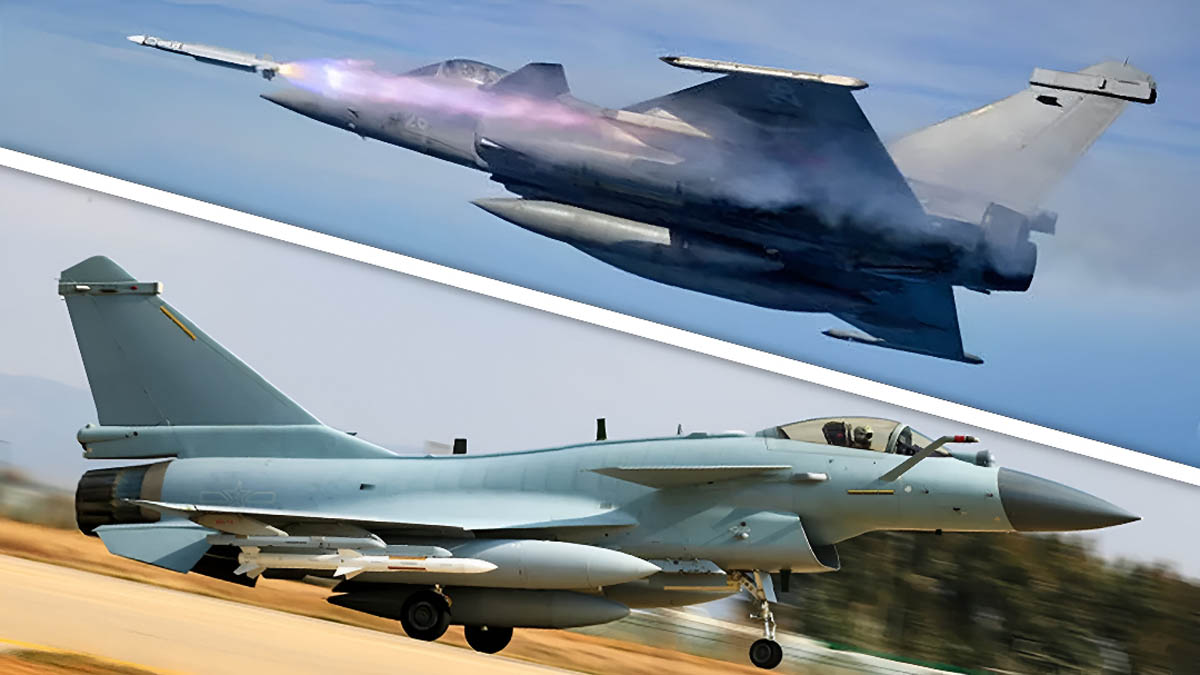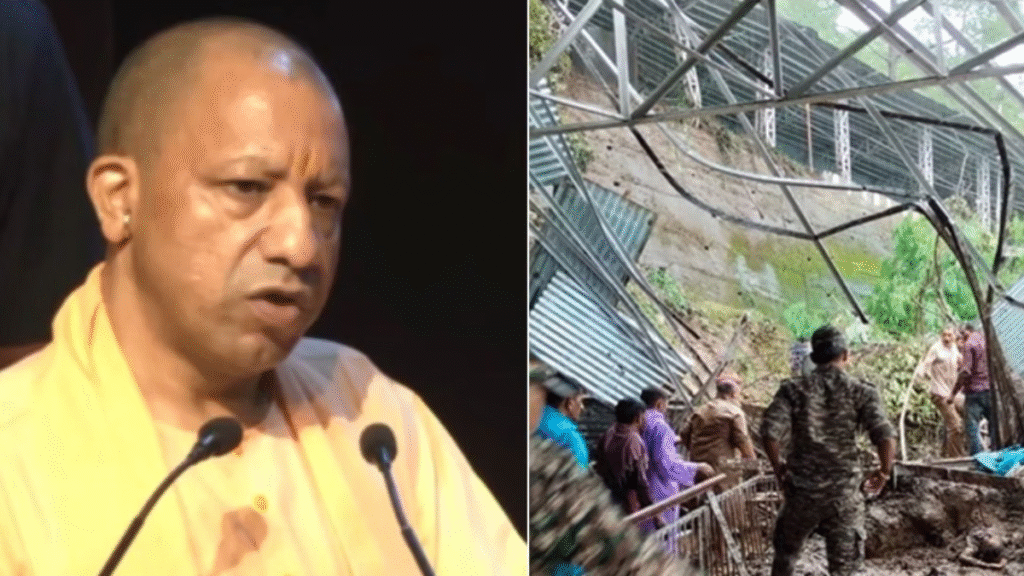Now Reading: Pakistan Mirage Jet vs. Indian Air Defence System: The Outcome of a Recent Engagement
-
01
Pakistan Mirage Jet vs. Indian Air Defence System: The Outcome of a Recent Engagement
Pakistan Mirage Jet vs. Indian Air Defence System: The Outcome of a Recent Engagement

Tensions between India and Pakistan recently escalated following India’s “Operation Sindoor,” launched in response to a deadly terror attack in Jammu and Kashmir. In the ensuing hostilities, the effectiveness of the Indian air defence systems against Pakistan’s air power came under scrutiny. Recent reports and official statements shed light on the outcome of at least one significant aerial engagement involving a Pakistani Mirage fighter jet.
India Confirms Downing of Pakistani Mirage Jet
During a press briefing on Monday, May 12, 2025, Indian military officials confirmed that a Pakistani Air Force (PAF) Mirage fighter jet was shot down by Indian air defence systems during Operation Sindoor. The Indian Army subsequently released a video showcasing the wreckage of the French-origin Mirage aircraft on social media platform X (formerly Twitter).
Air Marshal AK Bharti, Director General of Air Operations, stated that the combined strength of India’s integrated air command and control, Akash missiles, and other indigenous systems successfully thwarted the majority of attacks launched by Pakistan, which included fighter jets, drones, and missiles. While he initially refrained from naming specific aircraft models that were downed, the subsequent release of the Mirage wreckage video provided concrete evidence of Pakistan’s losses.
Visual Evidence and Claims
The released video, titled “Destroy the Enemy in the Sky,” clearly depicts the shattered remains of a PAF Mirage fighter. This visual confirmation supports India’s claims of effectively repelling Pakistani aerial attacks. While Pakistan has acknowledged Indian retaliatory strikes on its airbases, it has yet to officially confirm the loss of any Mirage aircraft or respond to India’s specific claims regarding the downed jet.
Indian Air Defence System Capabilities
India possesses a multi-layered and sophisticated air defence network, considered significantly superior to that of Pakistan. Key components of this system include:
- Long-Range Systems: The Russian-origin S-400 Triumf (designated “Sudarshan Chakra” in India) is a cornerstone, capable of engaging various aerial threats, including aircraft, UAVs, and ballistic/cruise missiles, at ranges up to 400 km.
- Medium-Range Systems: The indigenously developed Akash surface-to-air missile system, with a range of up to 45 km, is highly effective against fighter jets, cruise missiles, and drones. The Israeli-Indian joint venture Barak-8 missile system offers a range of over 70 km and is used by all three branches of the Indian armed forces.
- Short-Range Systems: These include systems like the Israeli SPYDER and Russian Igla-S missiles, designed to counter closer-range threats.
- Ballistic Missile Defence (BMD) Systems: India has a two-tiered BMD system with the Prithvi Air Defence (PAD) for exo-atmospheric interception (up to 80 km altitude) and the Advanced Air Defence (AAD) for endo-atmospheric interception (up to 30 km altitude).
Air Vice Marshal AK Bharti highlighted the “stellar performance of the indigenous air defence system, the Akash system” during the recent engagements. He emphasized that the development and operationalization of this potent air defence environment were made possible by sustained government support over the past decade.
Pakistan’s Mirage Fleet
The Dassault Mirage is a family of French-designed fighter aircraft that has been in service with the Pakistan Air Force for several decades. While some have been upgraded under programs like ROSE (Retrofit of Strike Element) to enhance their capabilities, including night-time attack roles with FLIR sensors, they are generally considered older platforms compared to some of India’s more modern acquisitions like the Rafale.
The Mirage III and V variants form a significant part of Pakistan’s air fleet. Reports from as recently as 2021 indicated that the PAF still relies on these aircraft, even for potential nuclear strike missions. While the PAF is in the process of inducting newer aircraft like the JF-17 Thunder (co-developed with China), the Mirage remains a crucial component of its air power.
Analysis of the Engagement
The downing of a Pakistani Mirage jet by India’s air defence system underscores the effectiveness of India’s integrated air defence capabilities. While the specific circumstances of the engagement – such as the range of interception, the type of missile used, and whether the Mirage was attempting an attack or on a different mission – remain undisclosed, the visual evidence presented by India suggests a successful interception.
This incident highlights the ongoing advancements in air defence technology and the crucial role they play in modern conflicts. The ability to detect, track, and neutralize enemy aircraft is a significant deterrent and a key factor in maintaining air superiority. The confirmation of the Mirage downing serves as a testament to India’s investment in and the operational readiness of its air defence network.
Further details regarding other aerial engagements during Operation Sindoor and Pakistan’s response to these losses are awaited. However, the destruction of a Mirage jet provides a clear indication of the outcome when a segment of Pakistan’s air power confronted India’s air defence systems in this recent period of heightened tensions.










